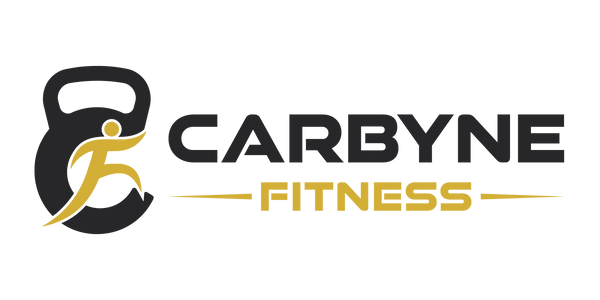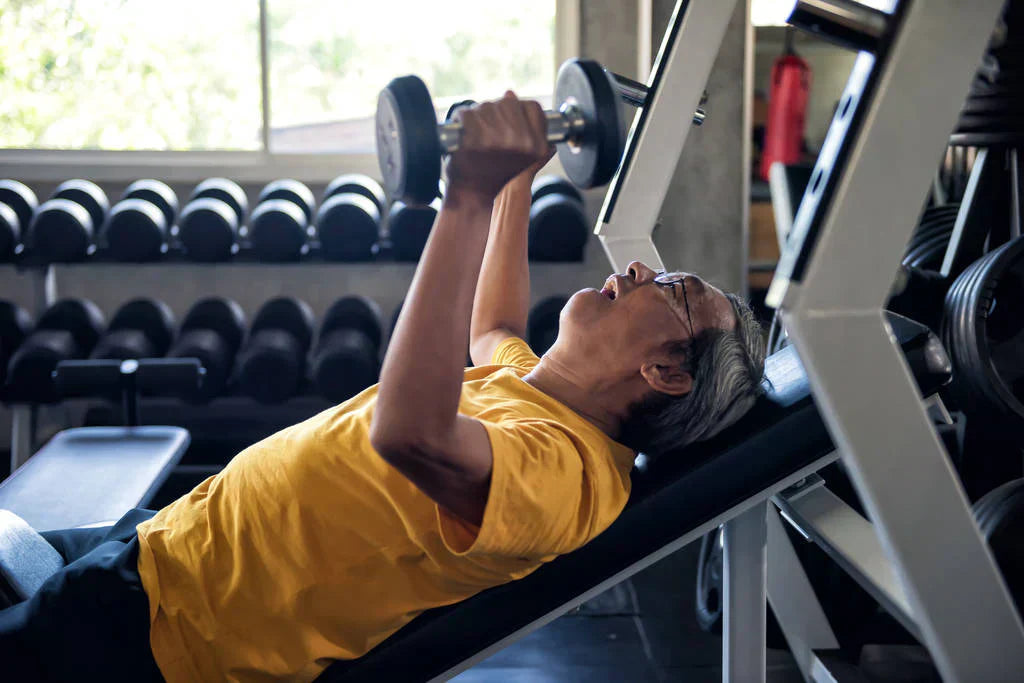Dumbbells vs. Barbells: Your Guide to Choosing the Right Weights for Your Fitness Goals
Embarking on a fitness journey often involves getting acquainted with dumbbells and barbells – two cornerstones of strength training. Understanding the unique benefits of each is crucial for crafting an effective workout plan that aligns with your goals, whether it's building strength, increasing muscle mass, or enhancing overall fitness.
Why Weight Training is Crucial for Your Fitness Journey
Weight training, particularly with dumbbells and barbells, is fundamental to any modern fitness routine. These tools are your allies in building strength and muscle. They provide the resistance needed to challenge your body and achieve your desired physique.
Key Differences: Dumbbells vs. Barbells
· Equipment Types:
o Dumbbells: Come in fixed-weight sets or adjustable versions that allow you to change the weight. Rubber-coated or hex dumbbells are great for home gyms due to their durability and floor protection.
o Barbells: Consist of a long bar onto which you add weight plates, offering greater weight customization.
· Movement and Impact:
|
Feature |
Dumbbells |
Barbells |
|
Range of Motion |
Greater freedom of movement |
Fixed path of movement |
|
Weight Capacity |
Limited |
Higher weight capacity |
|
Stability |
Less stable, requiring more control |
More stable |
|
Joint Impact |
Generally lower stress on joints |
Can put more stress on joints, especially with heavy weights |
Which is Better for Muscle Growth and Strength?
· Strength Development: Barbells are king for building maximum strength. You can typically lift about 20% more weight with a barbell compared to dumbbells, allowing for greater strength gains. They are ideal for compound exercises like squats and deadlifts.
· Muscle Balance: Dumbbells excel at addressing muscle imbalances. They force each side of your body to work independently, preventing your dominant side from overcompensating. This leads to better muscle symmetry and helps correct strength discrepancies.
Beginner's Choice: Dumbbells or Barbells?
· Home Gym Friendly: Dumbbells are generally more space-efficient for home gyms. A basic set or adjustable dumbbells provide ample workout variety and are easily stored.
· Starting Out: Beginners should prioritize proper form. Lighter dumbbells (e.g., 5-20 kg) are ideal for learning exercises and building a foundation of strength and coordination.
Choosing Based on Your Goals
· Strength Training Focus: If your primary goal is maximizing strength, incorporate both dumbbells and barbells. Barbells are best for heavy compound lifts, while dumbbells are valuable for isolation exercises and unilateral (single-limb) training.
· General Fitness: Dumbbells are excellent for overall fitness. They help improve:
o Core strength
o Joint mobility
o Muscular endurance
o Functional strength (strength for everyday activities)
Best Exercise Combinations
· Upper Body: Both dumbbells and barbells are effective for upper body exercises like chest presses, shoulder presses, and rows. Dumbbells offer a more natural range of motion.
· Lower Body: Barbells are generally preferred for lower body exercises due to their higher weight capacity. However, dumbbell exercises like lunges and split squats are excellent for building leg strength and stability.
Safety and Practical Considerations
· Safety: Dumbbells are generally safer for solo workouts, as they are easier to drop if necessary. They also allow for more natural movement patterns, potentially reducing injury risk.
· Form: Regardless of your choice, focus on proper form before increasing weight.
Making Your Choice
Before investing in equipment, consider your fitness goals, available space, and current fitness level. Both dumbbells and barbells play essential roles in strength training:
· Dumbbells: Versatile, beginner-friendly, great for home gyms, and promote natural movement.
· Barbells: Ideal for heavy lifting, compound movements, and maximizing strength.
Many successful fitness enthusiasts use both tools for a well-rounded routine.
Starting Smart
As you begin, dumbbells are a fantastic starting point for mastering proper form and building a strong foundation. As you progress, incorporating barbells can help you push your strength limits.
Consistency is Key
Ultimately, consistency and proper technique are more important than the specific equipment you choose. Both dumbbells and barbells offer substantial benefits for strength, muscle growth, and overall fitness when used correctly in a well-structured workout plan.






